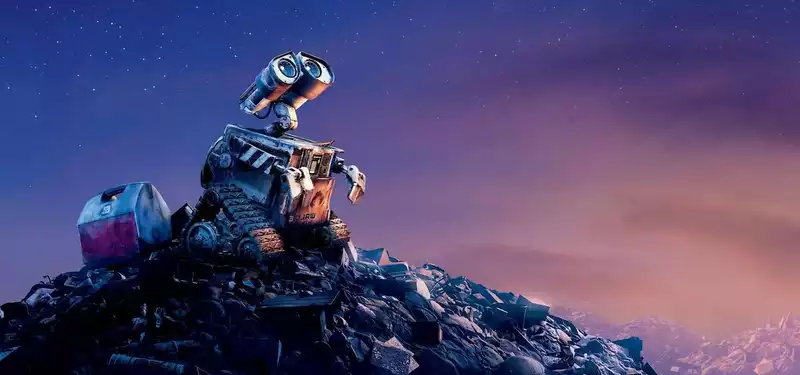Jul 20, 2022
'Warrior Spirit' Inspires Pixar Film Editing Spirit (video interview)
"Everyone calls it a pipeline, which means you put something in the pipe from this end and it comes out the other end. But in the animation world, it's kind of a broken metaphor.
Bill Kinder ("Finding Nemo," "Wall-E"), Pixar's veteran editorial director, explains that the studio's editing department was like a "hub on a wheel" connecting multiple departments throughout the production of an animated feature.
"If you think of each department as spokes on a wheel, as opposed to segments in a pipe, you have a clearer picture, a more accurate picture of what the editor is doing at the center of the wheel."
We recently spoke with Kinder and Bobby Osteen (co-authors of The Invisible Cut: Cut to the Chase: Making the Cut at Pixar, a new book, The Invisible Cut: How Editors Make Movie Magic" and "Cut to Chase: Forty-Five Years of Editing America's Favorite Movies"): co-authors of The Art of Editing Animation). Our discussion can be found here:
Those involved in animation understand that the editing team is involved from the earliest stages of production to begin putting together the story reel. Kinder and Osteen take that understanding even further, revealing the complexity of editing animation.
As Osteen explains, "They have to create the rhythm of the dialogue, but they can also manipulate it in the most minute ways. So editing the dialogue was the first thing that really blew my mind: ...... [and] they have to think about something as simple as how many steps to walk around the room."
Kinder agrees. You would be surprised how crude things look before they are polished. This is an important lesson in what editors do. Editors polish rough material and ...... builds on good ideas."
Throughout the book, the author emphasizes the endurance needed by editors.
"The book has a chapter on the warrior mentality, endurance and marathon spirit required of editors," Kinder explains. 'They must understand the initial spirit of the story, protect it, and carry it forward.' As we all know, animated films take a long time to make.
Both Kinder and Osteen credit Lee Unkrich with being a major proponent of how central the editing department became at Pixar. As Bobby recalls, "He was hired because he went to film school and ironically knew Avid, but his knowledge of film was invaluable.
Because of his lack of film experience, Kinder recalls, "When we were planning 'Toy Story,' we were pretty much thinking about not having an editor on staff."
In addition to various editors, the writers also interviewed Unkrich for the book. Kinder recalls that when Ankrich was hired by Pixar, "he immediately realized that this 3D thing, this CGI thing, was different from the 2D stuff that had gone before.
It is easier to show than to tell, and that is one limitation of books on editing. To overcome this hurdle, the authors have provided access to a vast number of projects from the Pixar archives. Readers can look through actual story reels throughout the editing process of Pixar productions over the years. [Part of the book's mission was to enable the sharing of actual story reels from a variety of productions, including "Monsters, Inc.", "Toy Story", and "Toy Story 3". which could not be shared on these DVDs for a variety of commercial, technical, and other reasons. "
For more information on Making the Cut at Pixar: The Art of Editing Animation, visit Pixar's website: www.makingthecutatpixar.com
.



Post your comment